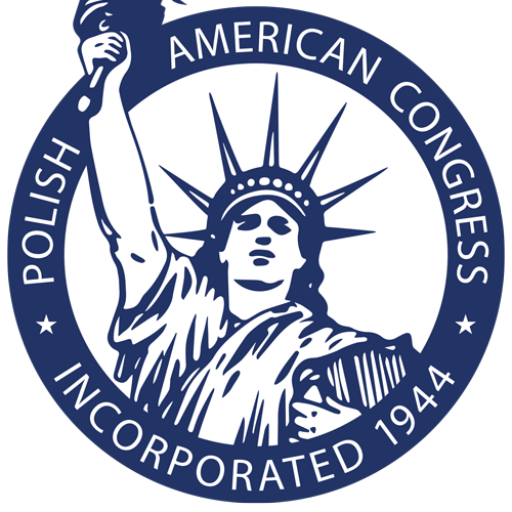For many school-aged Polish and Polish-American children abroad, Saturday mornings are not spent sleeping in or spending time with friends, relaxing from the long school days of the week prior. Rather, these mornings are filled to the brim with Polish culture, history, and grammar.
Polish schools, sometimes called Saturday schools, have become a staple activity for K-12 Polish students to partake in, usually at the behest of their parents – what young child would willingly give up a precious rest day? Despite the drawback of having to wake up at 8 or 9 A.M. on a weekend, going to Polish school has grown to become a well-loved and well-respected routine for students, parents, and teachers involved in these organizations alike.
According to the Official Polish Government website, there are over 1000 Polish schools abroad, with over 150 of them operating in the United States, usually in cities and states with large Polish populations, such as Illinois, New York, New Jersey, Pennsylvania, Texas, Wisconsin, Michigan, Florida, and Georgia. The first (then, rather unofficial) Polish schools opened their doors alongside Polish parishes in the U.S., with the very first one being the St. Joseph Polish School in Panna Maria, Texas, where the first Polish church in the U.S. was consecrated in 1856. Early Polish settlers in the second half of the 19th century realized that in order for their children to be able to effectively learn about their homeland and not lose their mother tongue, their U.S.-based education had to be supplemented with formal education in Polish. Since the Catholic faith and Polish culture go hand-in-hand, especially for Poles abroad, it made sense to have these schools be extensions of parishes where large Polish communities were formed. Nowadays, many Polish schools still operate alongside parishes, whether they are inherently Polish or not – for schools that are not incredibly well-established, it is common practice for principals or governing boards of these schools to rent out a school building from a church in order to have a space to hold classes. These schools are also usually private: parents pay an affordable yearly or monthly fee in order to keep teachers and boards paid for their work, as well as in order to pay the rental fee of classroom spaces.
The education system at these Polish schools mostly follows the education system present in the respective country that it is in: for example, in the U.S., students follow a K-8 system and often follow that up with 3 years of high school, or liceum, in line with the 3 years that students in Poland would spend in what is considered high school. This allows the average student to graduate Saturday Polish school one year earlier than they would their regular American high school, albeit, these classes are usually held once a week for about 4-5 hours per week rather than every day.
Subjects covered in Polish schools usually include history, geography, literature, and grammar, and each subject has its own respective series of textbooks and/or workbooks written specifically for the Polonia community to teach its students from that progress in difficulty and subject matter as the students move through the education system. Additionally, most Polish schools offer religious education, preparing students for Catholic sacraments such as communion and confirmation, eliminating the need for Catholic students to attend additional CCD classes. Because of this, many Polish school students decide to end their education after the 8th grade, or after their confirmation.
Polish school teachers come from different backgrounds: some were teachers in Poland, and upon moving to the United States wanted to stay involved with education, while others are passionate Polish individuals who want to help make a cultural impact on Polish and Polish-American youth abroad. The students of Polish schools are usually first-generation or second-generation US-born children of Polish immigrants (or first-generation U.S. Poles) that want their children to engage in Polish culture outside of the home in a more formal setting, so the students usually have some prior contact with the Polish language and culture before attending these schools – here, their priority is to build up their Polish language abilities as well as establish a connection to their heritage culture and history. Many students are also originally from Poland, which allows them to attend Polish schools as a way to reconnect with their roots and be able to build friendships with other Polish speakers.
The role of Polish schools does not end at education: most schools allow students to participate in events such as Polish movie screenings, Nativity plays, plays commemorating historical events from Poland’s history, and more. Some common, well-loved events held by Polish schools are Wigilia, or a Christmas celebration held in December where family and friends are invited to share opłatek and a meal with students and teachers, studniówka, which is reminiscent of an American Prom for the graduating high school students in their 3rd year, held approximately 100 days before they are set to present their final papers before officially graduating. Schools in Polish-hub cities (such as New York and Chicago) also participate in parades commemorating Polish Constitution Day (May 3rd) and Pulaski Day (October 11th), walking alongside each other and other Polish organizations, celebrating their heritage for all to see.
In all, Polish schools allow students of Polish heritage or origin to connect with their mother tongue, history, and culture. If you are interested in learning more about the history of Polish schools, click here (article is in Polish). If you are interested in sending your child to a Polish school, click here to access an updated list of Polish schools abroad.
Written by Nicole Rybak


